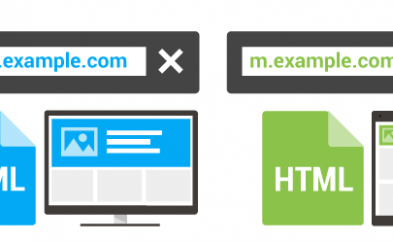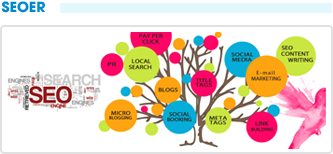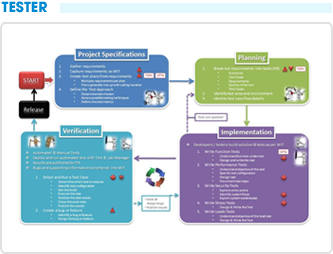024 38560777
XML (Ngôn ngữ đánh dấu mở rộng)
XML (viết tắt từ tiếng Anh eXtensible Markup Language, "Ngôn ngữ Đánh dấu Mở rộng") là ngôn ngữ đánh dấu với mục đích chung do [W3C] đề nghị, để tạo ra các ngôn ngữ đánh dấu khác. Đây là một tập con đơn giản của SGML, có khả năng mô tả nhiều loại dữ liệu khác nhau. Mục đích chính của XML là đơn giản hóa việc chia sẻ dữ liệu giữa các hệ thống khác nhau, đặc biệt là các hệ thống được kết nối với Internet. Các ngôn ngữ dựa trên XML (thí dụ: RDF, [RSS], MathML, XHTML, SVG, GML và cXML) được định nghĩa theo cách thông thường, cho phép các chương trình sửa đổi và kiểm tra hợp lệ bằng các ngôn ngữ này mà không cần có hiểu biết trước về hình thức của chúng
By English
Extensible Markup Language (XML) is a markup language that defines a set of rules for encoding documents in a format that is both human-readable and machine-readable. It is defined in the XML 1.0 Specification produced by the W3C, and several other related specifications, all free open standards.
The design goals of XML emphasize simplicity, generality, and usability over the Internet. It is a textual data format with strong support via Unicode for the languages of the world. Although the design of XML focuses on documents, it is widely used for the representation of arbitrary data structures, for example in web services.
Many application programming interfaces (APIs) have been developed to aid software developers with processing XML data, and several schema systems exist to aid in the definition of XML-based languages.
As of 2009, hundreds of document formats using XML syntax have been developed,including RSS, Atom, SOAP, and XHTML. XML-based formats have become the default for many office-productivity tools, including Microsoft Office (Office Open XML), OpenOffice.org and LibreOffice (OpenDocument), and Apple's iWork. XML has also been employed as the base language for communication protocols, such as XMPP
Like Doanh nhân số







































